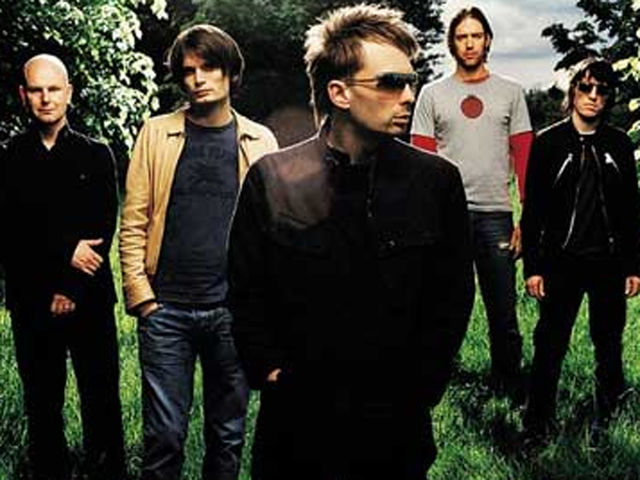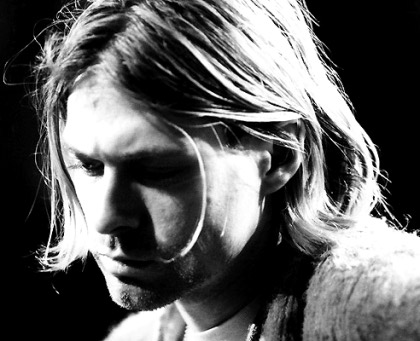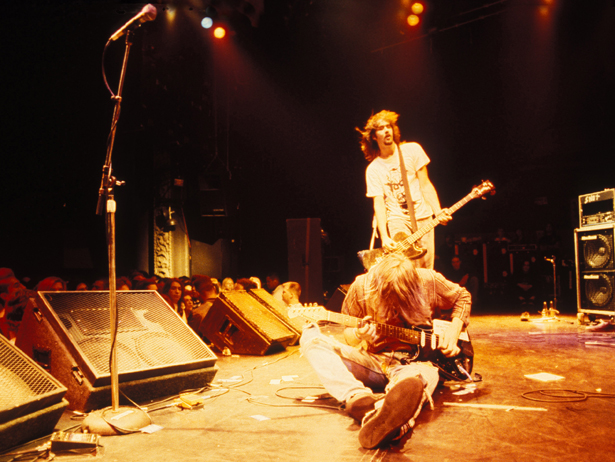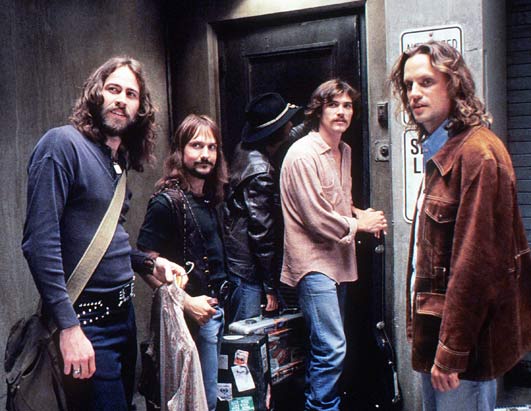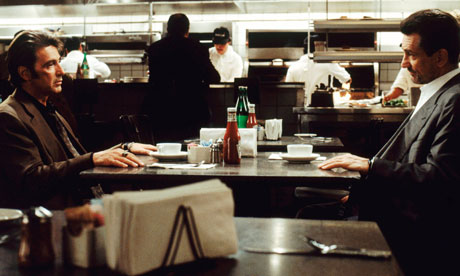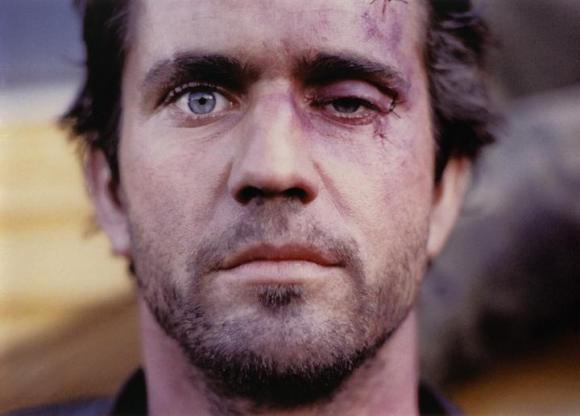When does intuitive creativity trespass into the realm of self-indulgent pretentiousness? A very thin line separates these two ideas, so how is anyone ever able to fully discern between the nature of the two?
In other words, how is one to discern whether a piece of art decrees for it to be defined as progressive/genius rather than ‘obtuse for obtuse sakes’?
Musical creativity has always been a subject I’ve been intrigued with (I’ve been writing about music for a few years now), and I always look forward to some sort of progression in how music is understood and digested.
Change is healthy for music. Stagnation is one of music’s greatest detractors, and it needs to Remain fresh in order to Remain understood as a relevant source of art.
I’ve been a fan of Radiohead for many years now, and their sonic transformation undertaken in between their debut album (the grunge-inspired) Pablo Honey (1993) and their latest EP (the experimental/electronic rock release) The King of Limbs (2011) is simply astounding.
Anyone who has been an avid listener of the group over the years understands their importance in groundbreaking/influential sonic evolution.
Many bands do undertake similar transitional periods in their musical endeavours, but none with the clout and mainstream presence of a band such as Radiohead. A band that alternates at will, introducing many outside musical influences into their realm of musical creativity.
Every album released is an exploration into an enigma that I fear has no set conclusion. The experimental use of beats, lyrics and overall musical structure has become a template for the band, and 9 times out of ten they are lauded for their progressive style.
But I always tend to ask myself the same question over and over again after listening to the band. Is their sound truly devoid of any sense of irony? Or, as Noel Gallagher of Oasis once said, simply a ‘gimmick’?
Because let’s face it…the band has achieved a notoriety for alternating the style of their sound constantly over the past twenty years. And it seems that whatever they release, it’s always deemed as “genius” or “transformative” or “revolutionary”.
Radiohead is one of the few bands in musical history to have ever consciously steered their sound away from the “mainstream way of things”, and still be regarded as influential groundbreakers in the mainstream market.
It just seems that Radiohead can do no wrong. They can create and release any particular style of music to the general public, and will rarely receive any sort of callous backlash as a result.
Now, I am in no way attempting to assassinate the good name of the band (they are one of my favourite acts), but I’m just curious as to whether or not Radiohead is still configuring their ever-changing identity around honest intentions.
I mean, with the mindset that they can commit no foul, are they still releasing music that is fuelled by some sort of innate desire to progress both creatively and passionately as a band? Or is the band at the point where they can be as self-indulgent as they want to be, because no matter what, their music will be accepted with countless praise and worship?
I guess whatever the truth may be, it lies within the hearts of the five members…

